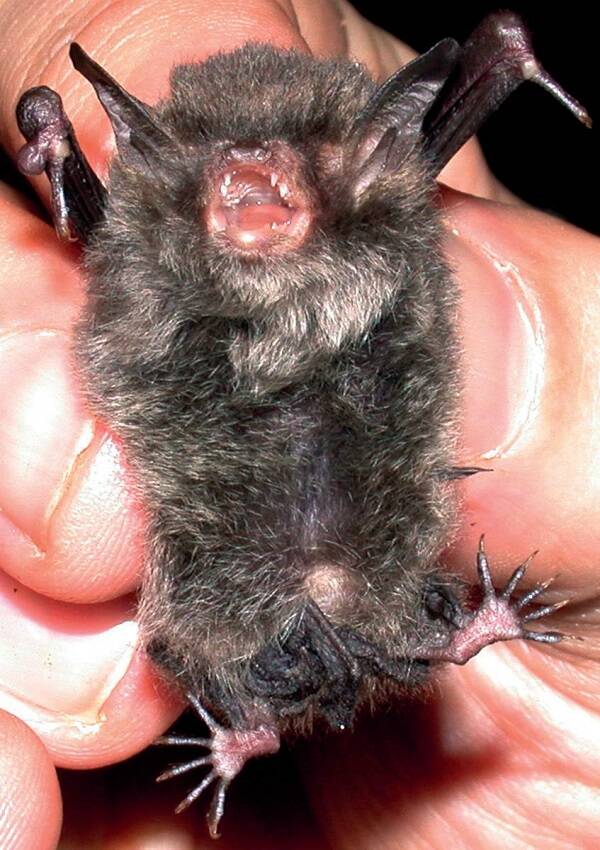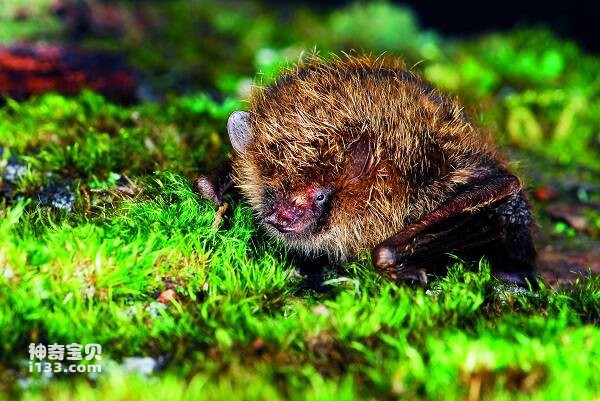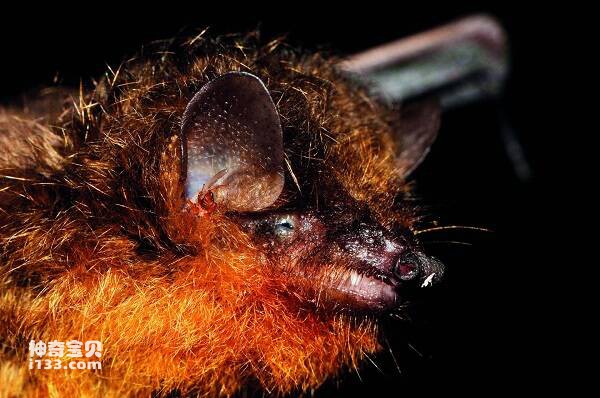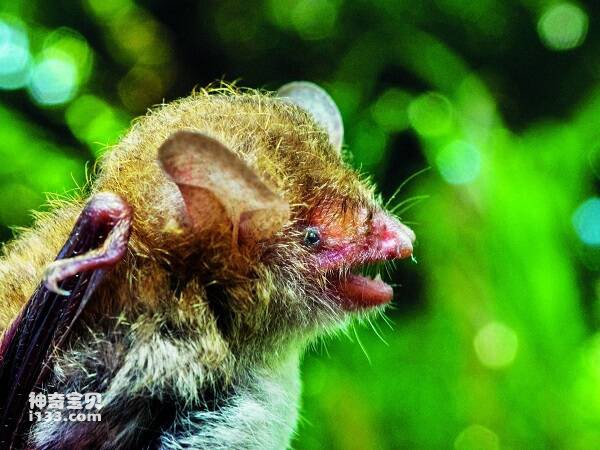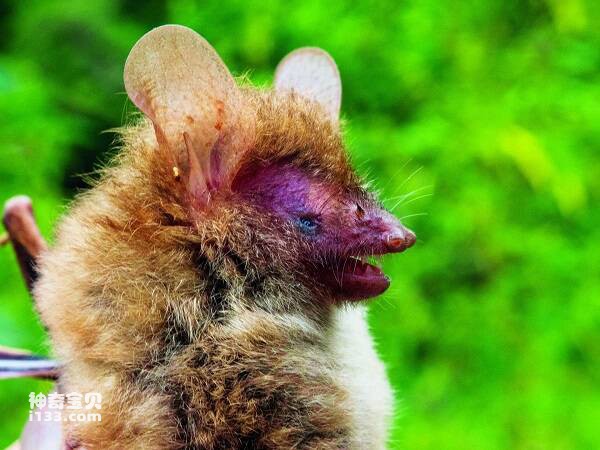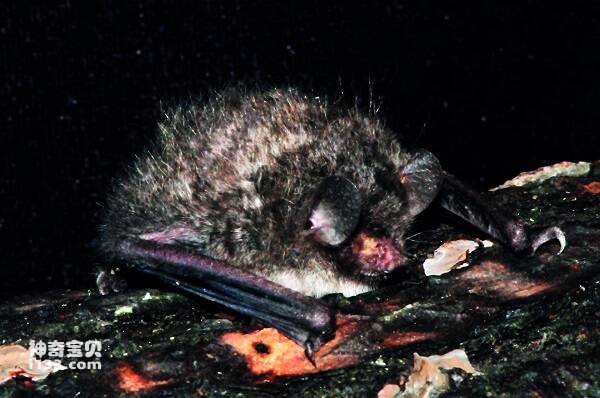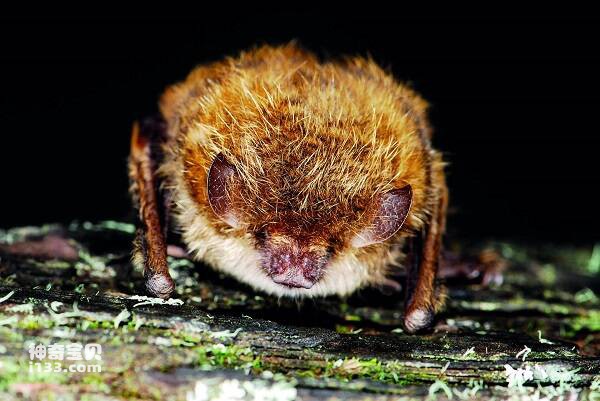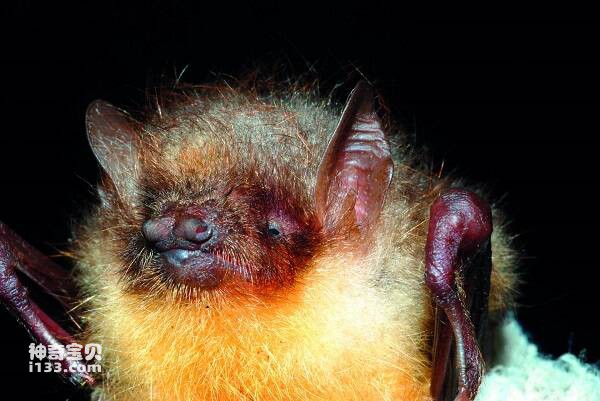Myotis siligorensis
IUCN
LCBasic Information
Scientific classification
- name:Myotis siligorensis
- Scientific Name:Myotis siligorensis
- Outline:Chiroptera
- Family:Chiroptera Batidae Myotis
Vital signs
- length:33.7-43.3mm
- Weight:
- lifetime:
Feature
Distribution and Habitat
It is distributed in Yunnan, Hainan, Fujian, Jiangxi, and Guangxi and Guizhou in China. Abroad, it is mainly distributed in India, Myanmar, Nepal, Vietnam, Laos, Malaysia, and Kalimantan Island of Indonesia.
Appearance
It's small. Head length 33.7-43.3mm. Tail length 31.4-39.3mm. Forearm length 30-36mm. Hind foot length 5.9-10.8mm. The hind foot is about half the length of the tibia. The tail length is slightly shorter than the length of the head body, the wing membrane is attached to the toe base, the distance has a distinct talar border membrane, and the tail membrane and the wing membrane are hairless. The ear is long and narrow, the outer edge of the ear is slightly concave, the dorsal side of the ear is hairless, the tragus is straight and slender, half of the length of the ear, the apex is sharp, and the base has basal leaves. The snout is hairy, with a snout beard. The undercoat is thick, dark smoky gray on the back, grayish brown on the belly and grayish white on the tips, and black on the wings. The total length of the skull is about 13mm. The skull is long and narrow, the cranium is prominent and full, and the zygomatic width is slightly larger than the posterior head width. The upper
Details
The size of the tall cranial Myotis bat in Vietnam varies greatly, so the subspecies of this species remains to be studied. The Chinese subspecies is <Myotis iligorensis sowerbyi> (Howell,1926). Cave habitat, sometimes can gather large groups, many up to thousands. It is commonly shared with other species, such as the long-fingered Myotis bat, Daisy Bat, Chinese Daisy Bat, and medium Daisy Bat. Foraging peaks at dusk and early in the morning, usually high in the sky for small insects.
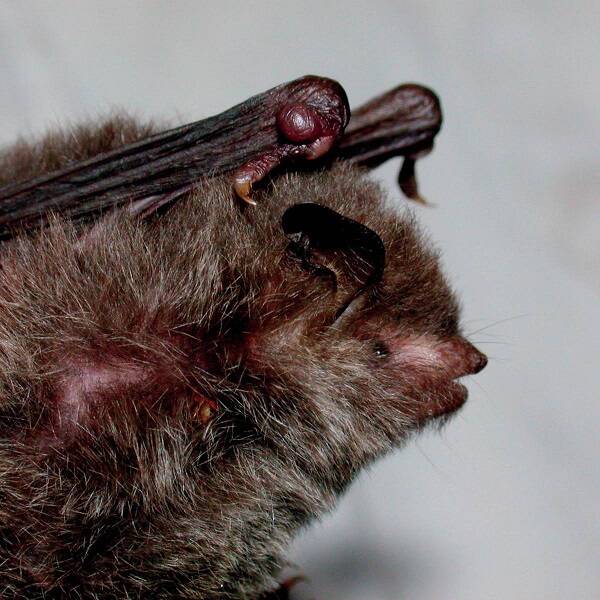
已列入中国生物多样性红色名录——脊椎动物卷,评估级别:近危NT。
